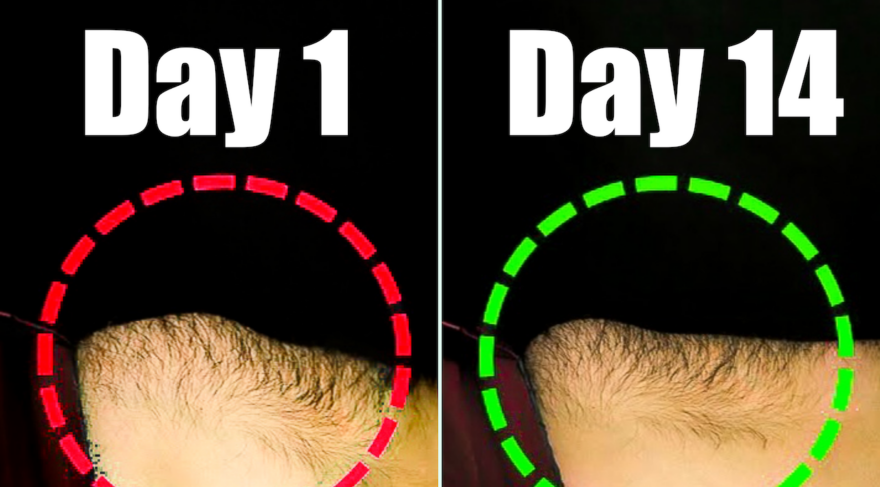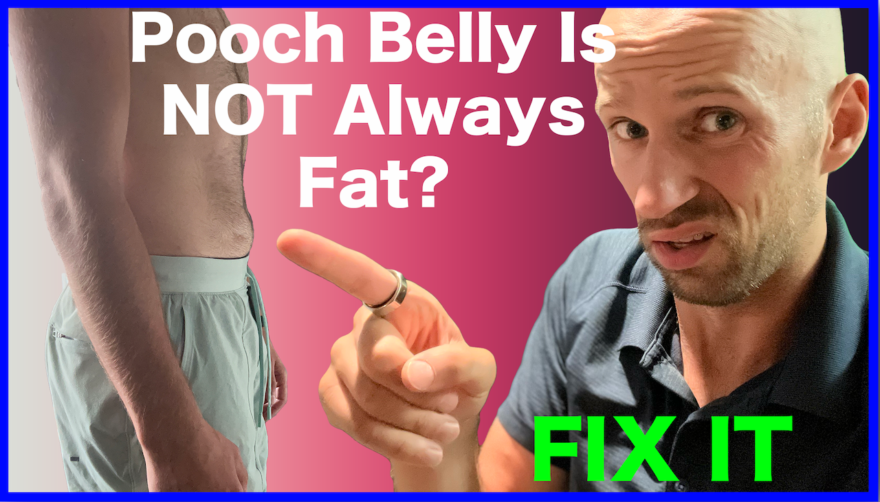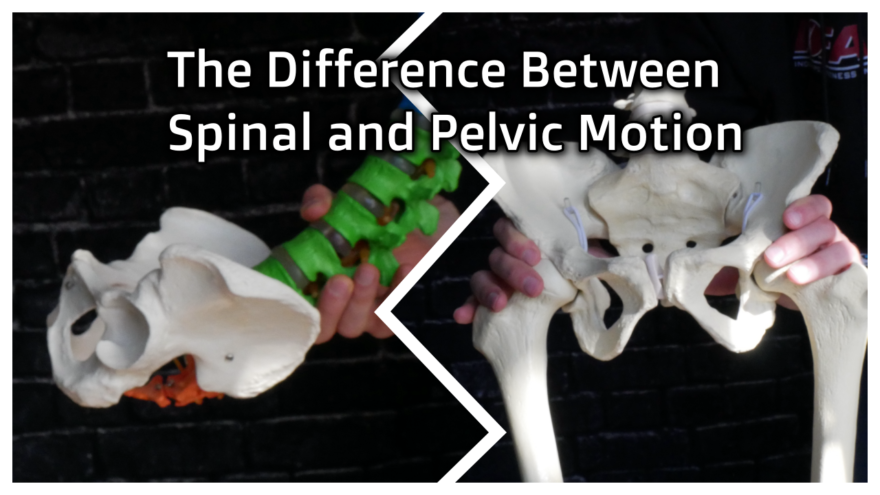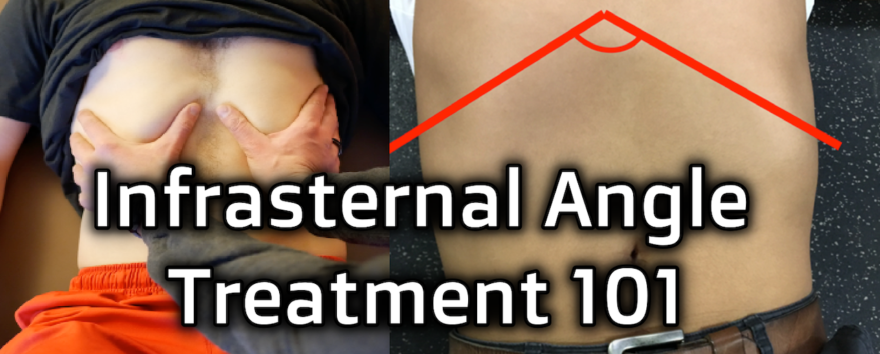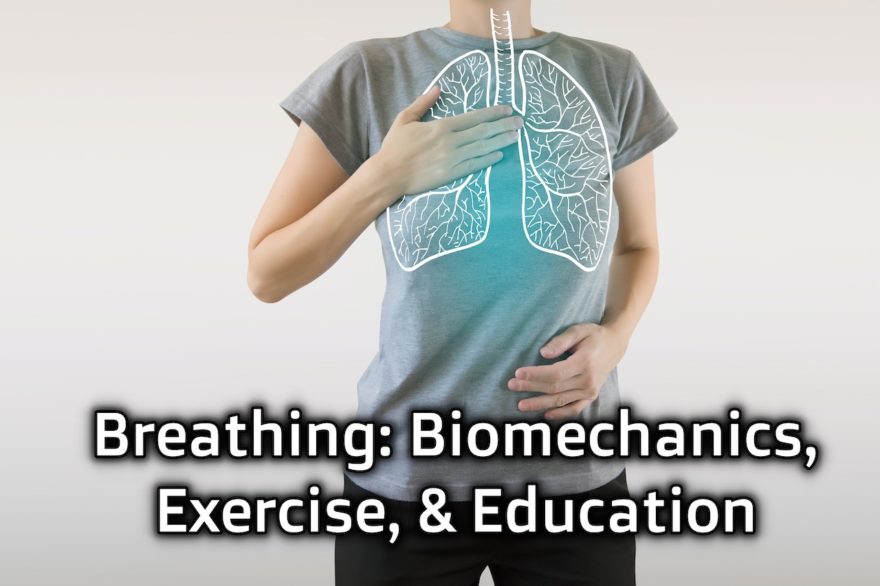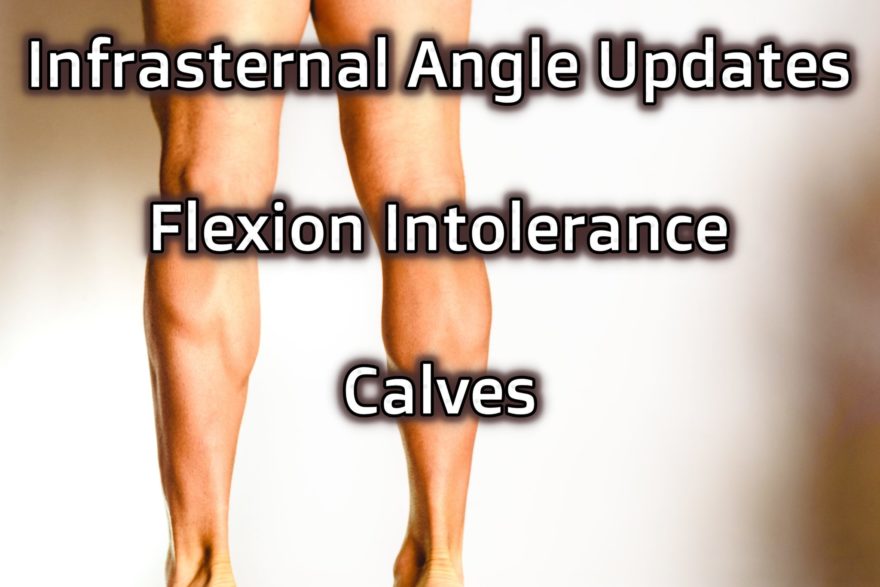Do you ever get asked why are you breathing like that during an exercise? Or worse yet, maybe you’ve gotten in ANOTHER Facebook argument with some trainer or clinician who is skeptical of breathing. Despite typing feverishly, throwing all caps on that comment, everything you can, no luck. It’s interesting to consider why some peeps think of breathing as this separate piece from movement. It’s something esoteric, different. When in reality… Breathing affects pelvic floor dynamics, impacting how your hips move Breathing influences the intra-abdominal pressure needed to move heavy ass weights You upper body and cervical mobility can be impacted by breathing. Not sure if you know this, but uh, most of your upper quadrant muscles attach to the ribcage fam! Breathing isn’t something fancy, but an integral piece of how we move and perform. If maximizing your movement quality sounds like something you want to learn how to do, take advantage of breathing. To implement breathing into your training, you’ll need to learn some biomechanics, apply airflow to your favorite lifts, and educate others so you can show them the way, the truth, and the light. Don’t worry fam, I got you with Movement Debrief Episode 126.
Read More